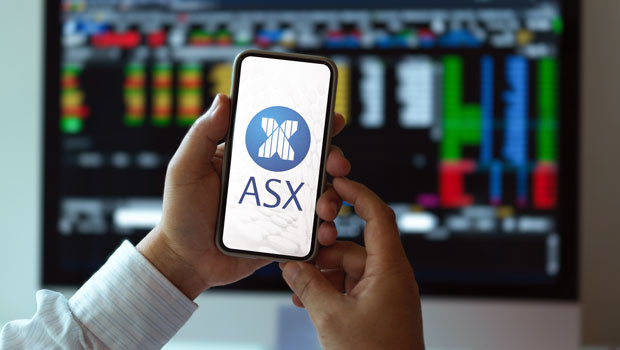Asia report: Markets mixed ahead of US inflation print

Markets across the Asia-Pacific region finished with a mixed performance on Tuesday, as investors digested consumer confidence data from Japan.
Traders were also looking ahead to US inflation figures, pivotal in gauging the potential trajectory of Federal Reserve interest rate adjustments.
“Asian stock markets are experiencing a mix of trading, influenced by the varied signals from Wall Street the previous night,” said TickMill market analyst Patrick Munnelly.
“This is due to the rise in bond yields in anticipation of the release of important US inflation data, along with the ECB monetary policy meeting later in the week.
“The inflation data is expected to have a substantial effect on the forecast for interest rates, as officials from the US Fed have emphasised the need for more assurance that inflation is decreasing before considering rate cuts.”
Munnelly said that, building on the momentum from the prior day, the Japanese stock market saw a significant increase as the Nikkei 225 index surpassed the 39,500 handle.
“This rise follows a combination of signals from Wall Street, driven by a resurgence in technology stocks.”
Most markets manage gains on mixed day for region
In Japan, the Nikkei 225 index rose 1.08%, closing at 39,773.13, while the Topix index climbed by 0.97% to reach 2,754.69.
Leading the gainers on Tokyo’s benchmark was Yaskawa Electric, up by 7.35%, followed by Mitsubishi Materials, which surged by 5.8%, and Fujikura, marking a gain of 5.13%.
Chinese markets saw a more subdued movement, with the Shanghai Composite edging up by 0.05% to settle at 3,048.54, and the Shenzhen Component increasing by 0.58% to reach 9,448.98.
Standout performers in Shanghai included Guangdong Jia Yuan Technology, soaring by 15.94%, and Citychamp Dartong, which rose by 10.1%.
In Hong Kong, the Hang Seng Index rose 0.57% to 16,828.07.
Top gainers in the special administrative region were Xinyi Solar, up by 5.35%, Xinyi Glass, which advanced by 4.2%, and NetEase, climbing by 4.1%.
Conversely, South Korea's Kospi index experienced a slight decline of 0.46%, settling at 2,705.16, led lower by SKC with a decrease of 6.74%, while GS Holdings fell by 5.12%.
Australia’s S&P/ASX 200 index posted a gain of 0.45%, reaching 7,824.20, with standout performers including Liontown Resources, which surged by 8.82%, and Zimplats Holdings, marking a gain of 7.45%.
Meanwhile, New Zealand’s S&P/NZX 50 index dipped by 0.47%, closing at 11,916.78.
Notable decliners in Wellington included Heartland Group, experiencing a significant drop of 7.72%, and Stride Property, down by 3.7%.
In currency markets, the dollar was last unchanged against the yen t JPY 151.82, while it weakened slightly against both its Aussie and Kiwi counterparts, declining 0.32% and 0.41% respectively to change hands at AUD 1.5093 and NZD 1.6511.
On the oil front, Brent crude futures were last up 0.28% on ICE to $90.63 per barrel, while the NYMEX quote for West Texas Intermediate increased 0.24% to $86.64.
Japan consumer confidence rises, business conditions stable in Australia
In economic news, consumer confidence in Japan reached its highest level since May 2019, according to Cabinet Office data.
The March consumer confidence index rose to 39.5, up from a revised 39 in February, marking the sixth consecutive month of increase.
It also showed that 92.4% of respondents anticipate prices to rise in the next 12 months from March, showing an increase of 0.9 percentage points compared to the prior month.
Meanwhile, business conditions and confidence in Australia remained relatively unchanged in March, according to survey conducted by National Australian Bank (NAB).
Business conditions experienced a minor decline of one point to +9, while business confidence saw a slight improvement of one point to +1, both figures remaining below average.
Alan Oster, chief economist at NAB, highlighted that the readings suggested ongoing concerns among firms regarding the economic outlook despite the resilience of the economy.
“At some point, we have to expect these two headline measures to come back into better balance, either because firms’ concerns are allayed and the outlook improves, or because the economy slows further - and of course we hope it will be the former rather than the latter,” Oster said.
Reporting by Josh White for Sharecast.com.